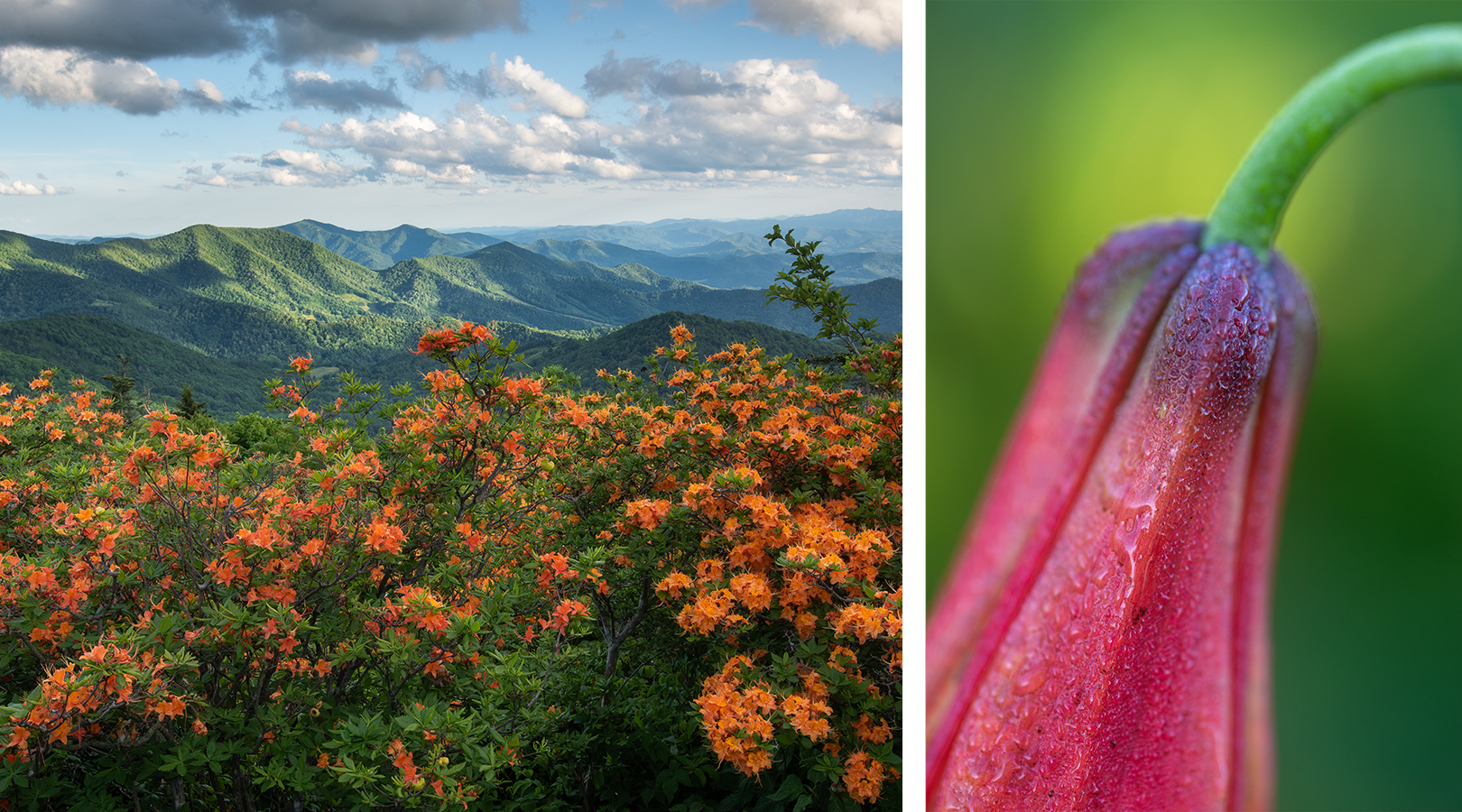
North Carolina / Tennessee
ROAN HIGHLANDS
The Roan Highlands are special. Temperate, grassy mountain balds above four thousand feet in elevation with spectacular panoramic views. A sea of long, waving grasses intersected by the iconic Appalachian Trail riding the crest of two National Forests–Pisgah and Cherokee–along the state borders of North Carolina and Tennessee. And color. So much color in early summer: an ocean of magenta Catawba Rhododendron, the fiery blaze of Flame Azalea, and the showy reds of the rare Gray’s Lily. Perhaps more than any location in Southern Appalchia, the Roan Highlands have captured my imagination and appreciation.
GRASSY BALDS
The defining characteristic of the Roan Highlands are their temperate, grassy, treeless balds–the longest stretch in all of Southern Appalachia. Grassy balds are a bit of a mystery in Southern Appalachia. They shouldn’t exist. Ranked as a G1 biome, temperate grassy bald is defined as the rarest possible ecosystem ranking in the world and critically imperiled. A five-mile out and back hike from Carver’s Gap to Grassy Ridge is a magical experience in a place that is both uncommon and beautiful. For over a decade now I haven’t missed a year of experiencing this special habitat!
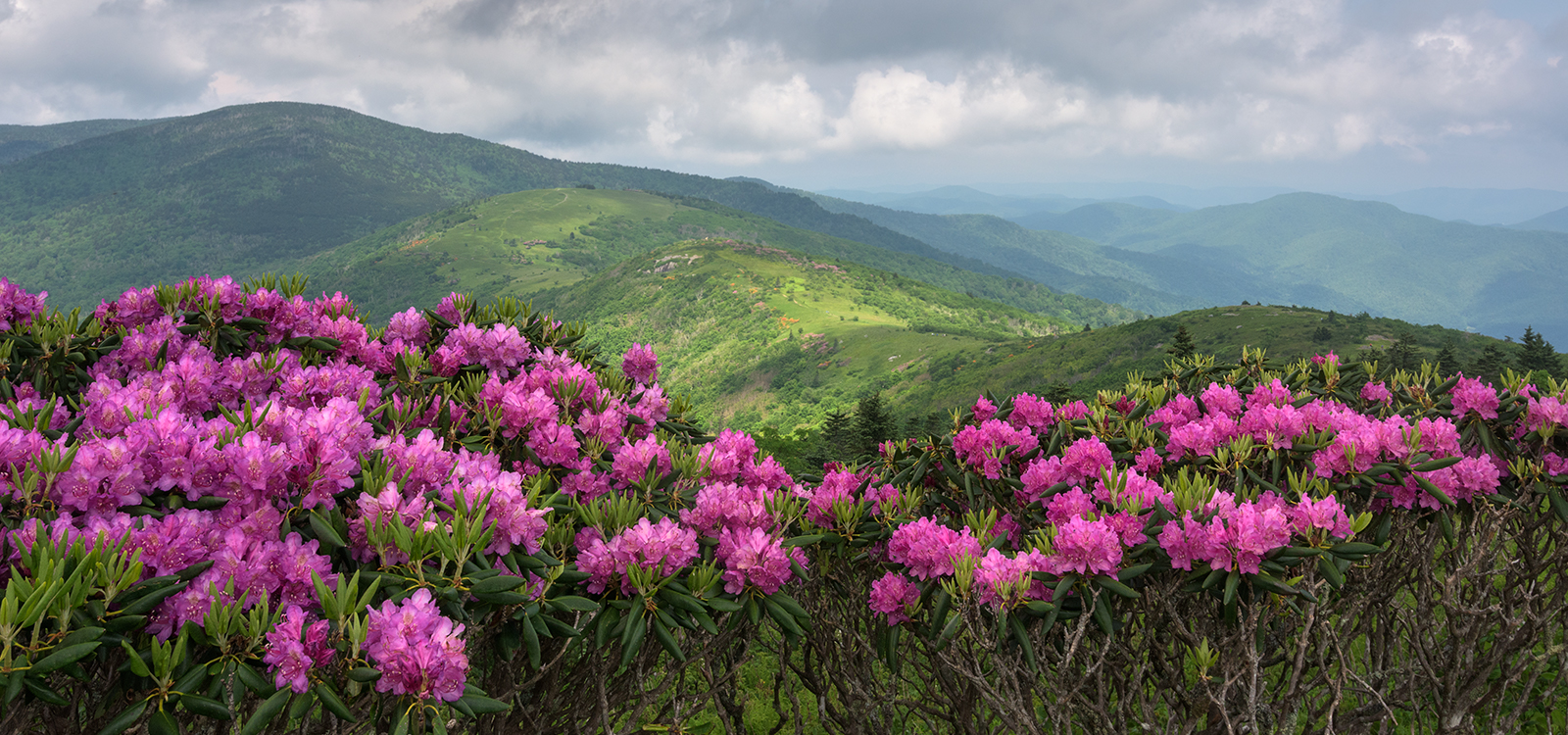

COLOR EXPLOSION SHRUBS
Come early summer the grassy balds of the Roan Highlands catch fire with color. Good bloom years can paint entire mountainsides with the magenta hue of Catawba Rhododendron. Along the Appalachain Trail fiery Flame Azalea will stop you in your tracks with some of the boldest and brightest color you’ll find in the Southern Appalachians. And nestled within the long grasses of the balds are the unique and rare blooms of the spotted red Gray’s Lily. It’s really an embarassment of color at times, just a spectacular display of beauty.

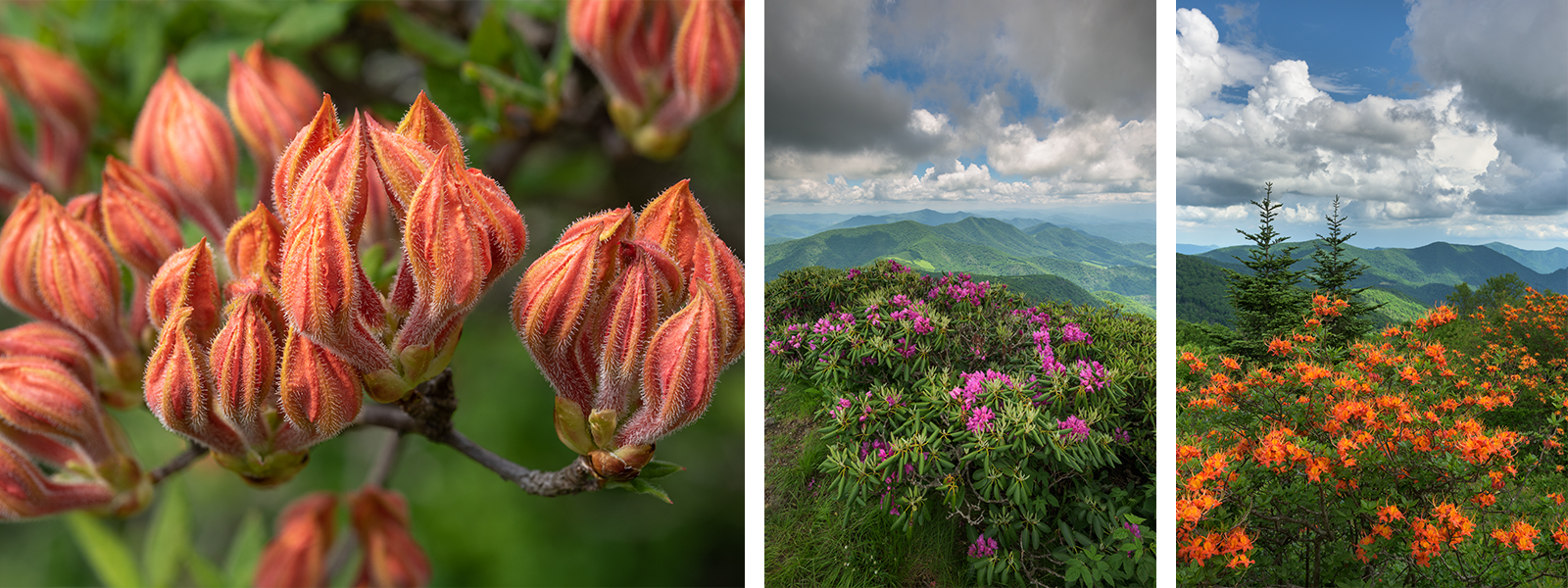
RARE WILDFLOWERS
Unique and rare ecosystems support unique and rare plant and animal communities. Whether it is within the grassy balds or atop a cliff-like habitat, the Roan Highlands are populated with rare wildflowers. The Federally Endangered Spreading Aven and Roan Mountain Bluet to name two. And one of my favorites to photograph, the speckled red Gray’s Lily.
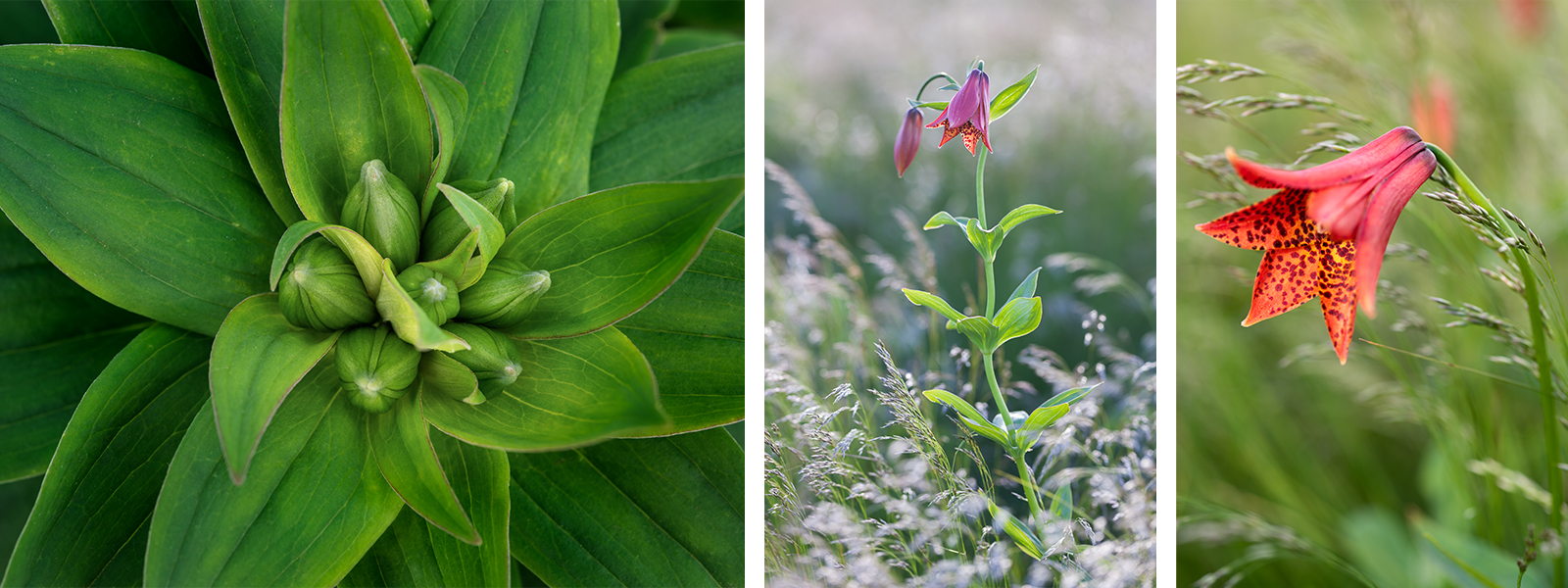
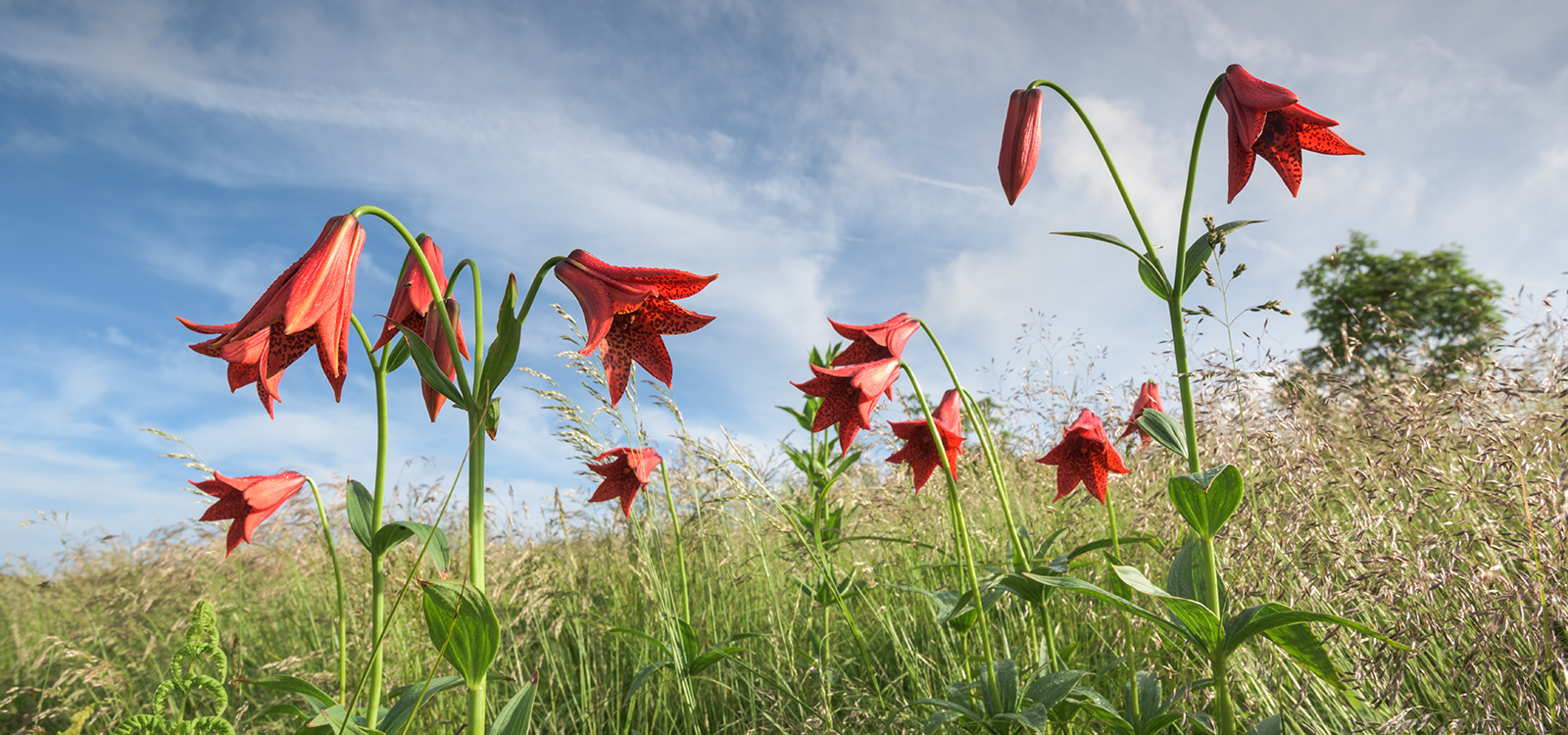

SEASONAL VARIETY
Each season within the Roan Highlands has it’s own unique color palette. Blueberry bushes along the Appalachian Trail turn a beautiful red during autumn; they can catch the low setting sun and turn the most amazing ruby color. Mountain Ash trees are also abundant in the Roan Highlands producing beautiful red berries throughout autumn. Winter is perhaps the most treacherous season to visit the Roan Highlands, but also arguably the most visually rewarding with the right conditions. I’m too far away to try these winter storms anymore, but I delight in seeing others brave the conditions for a spectacular winter landscape. There’s plenty to excite any photographer no matter the season.


